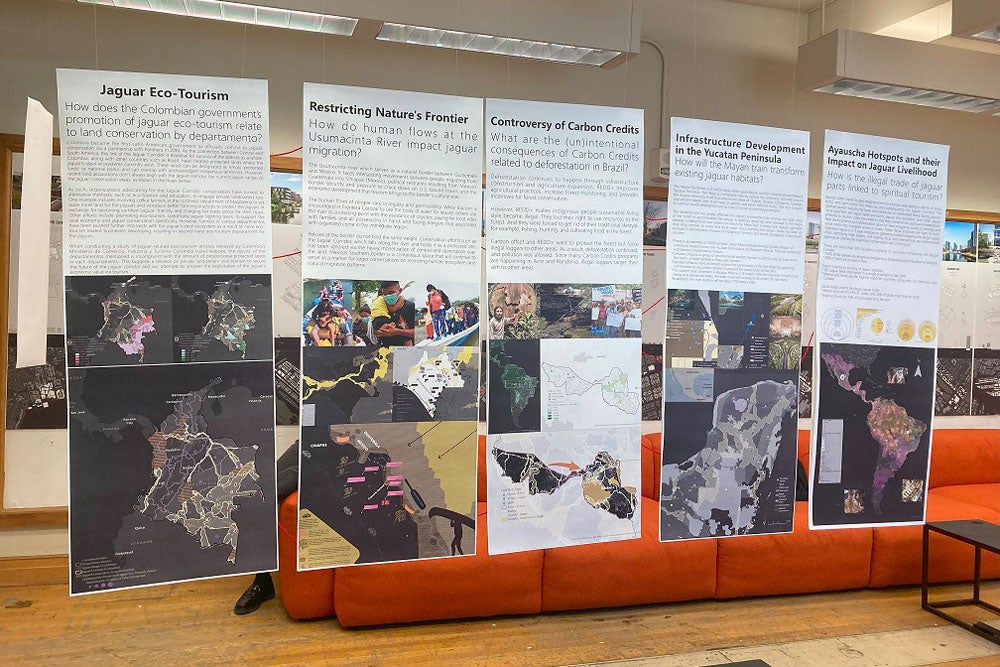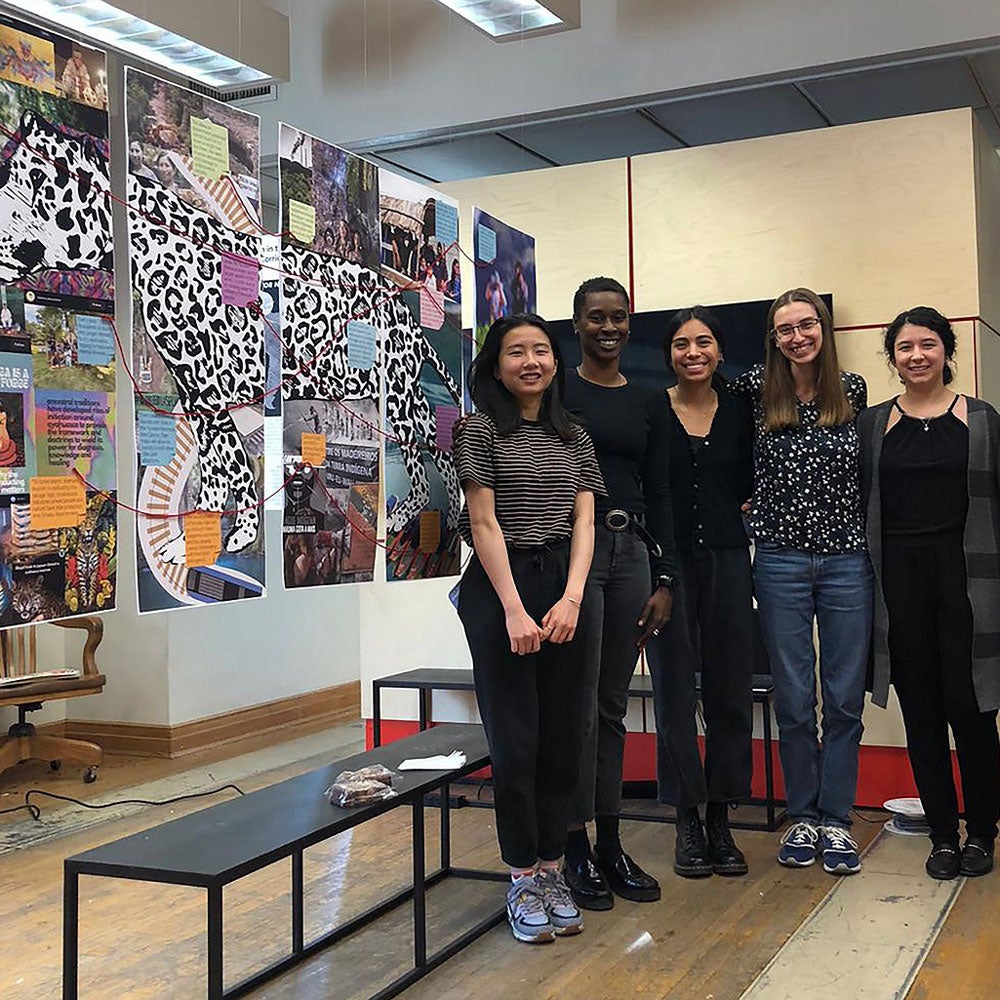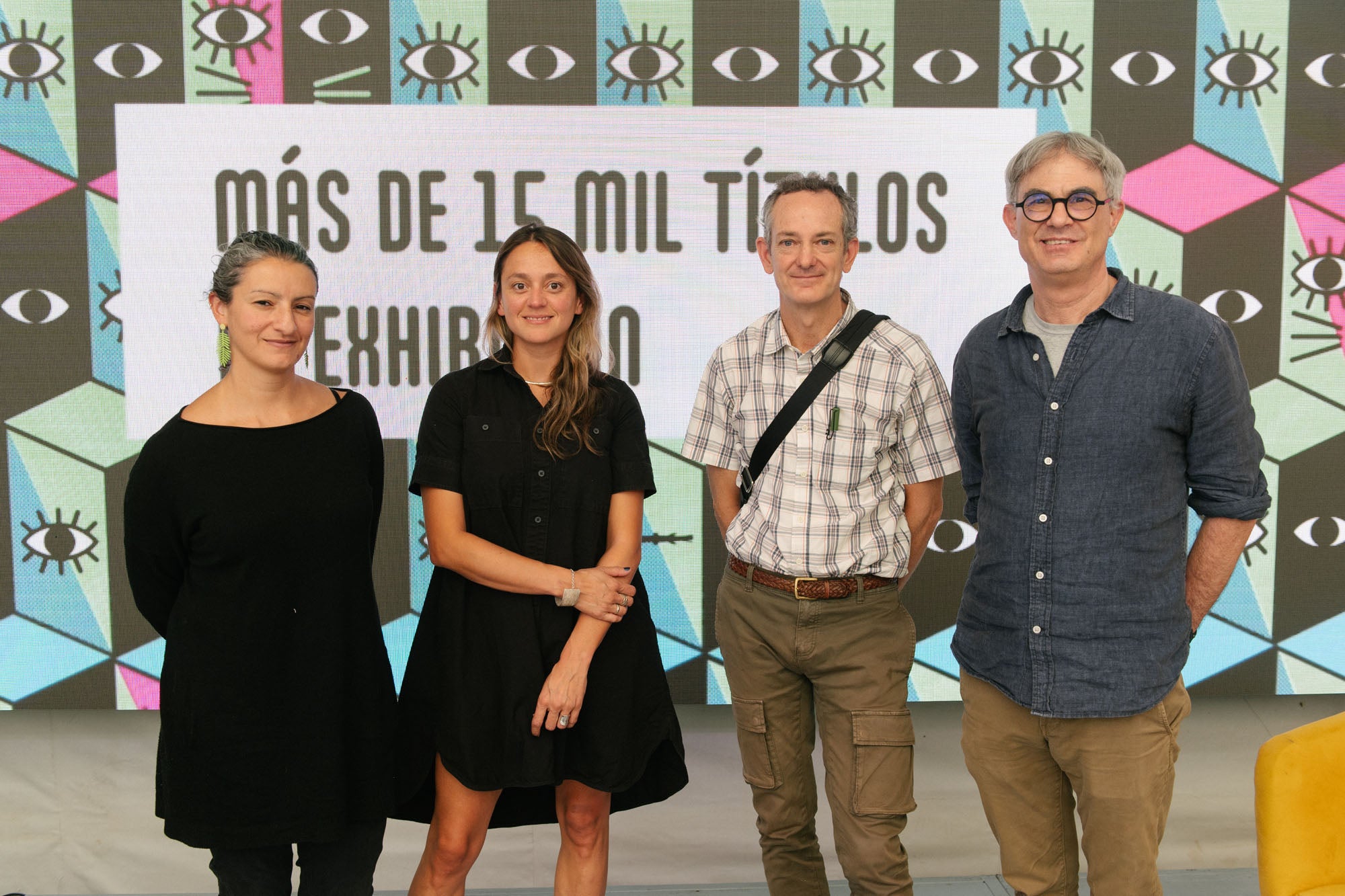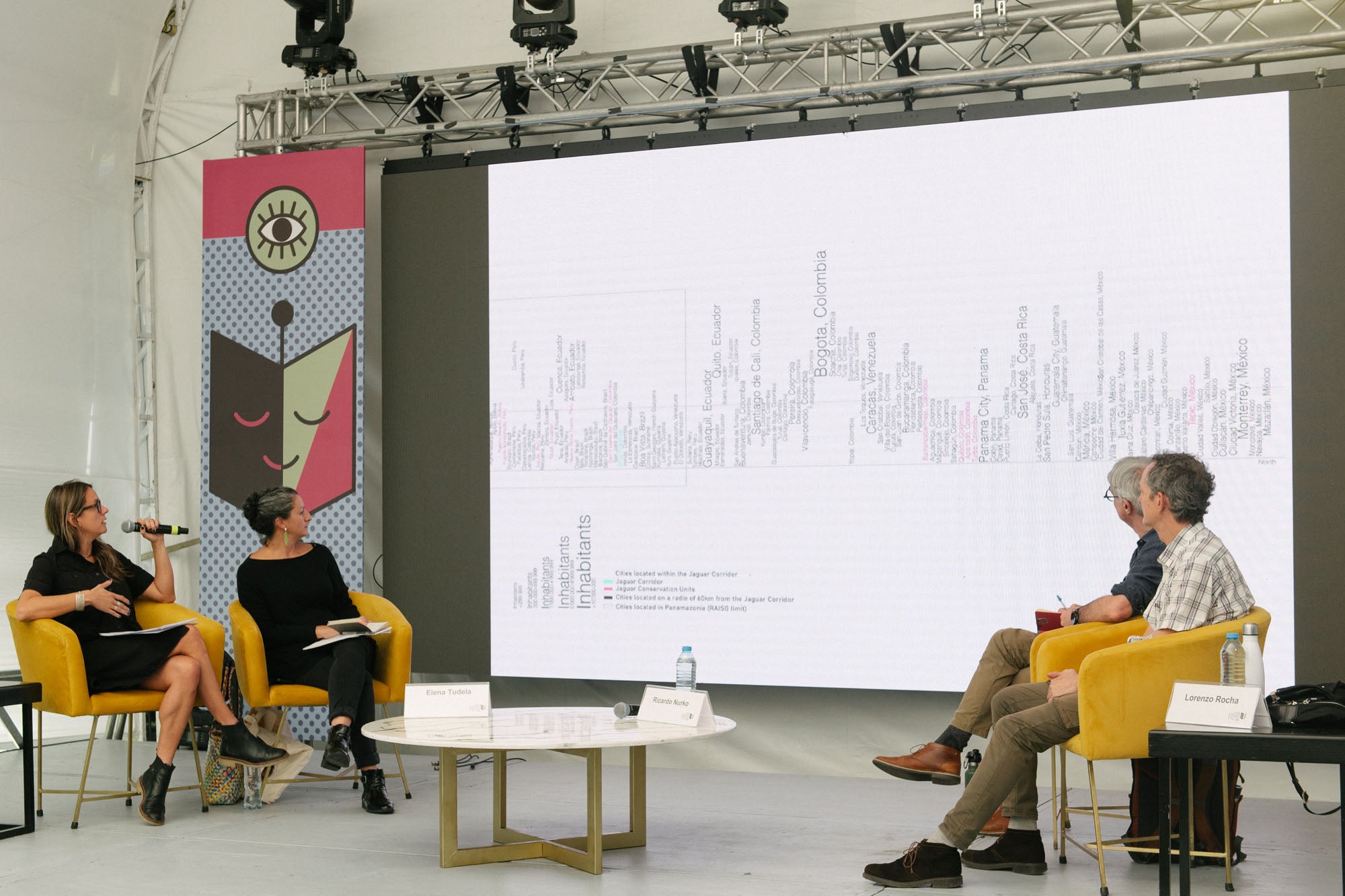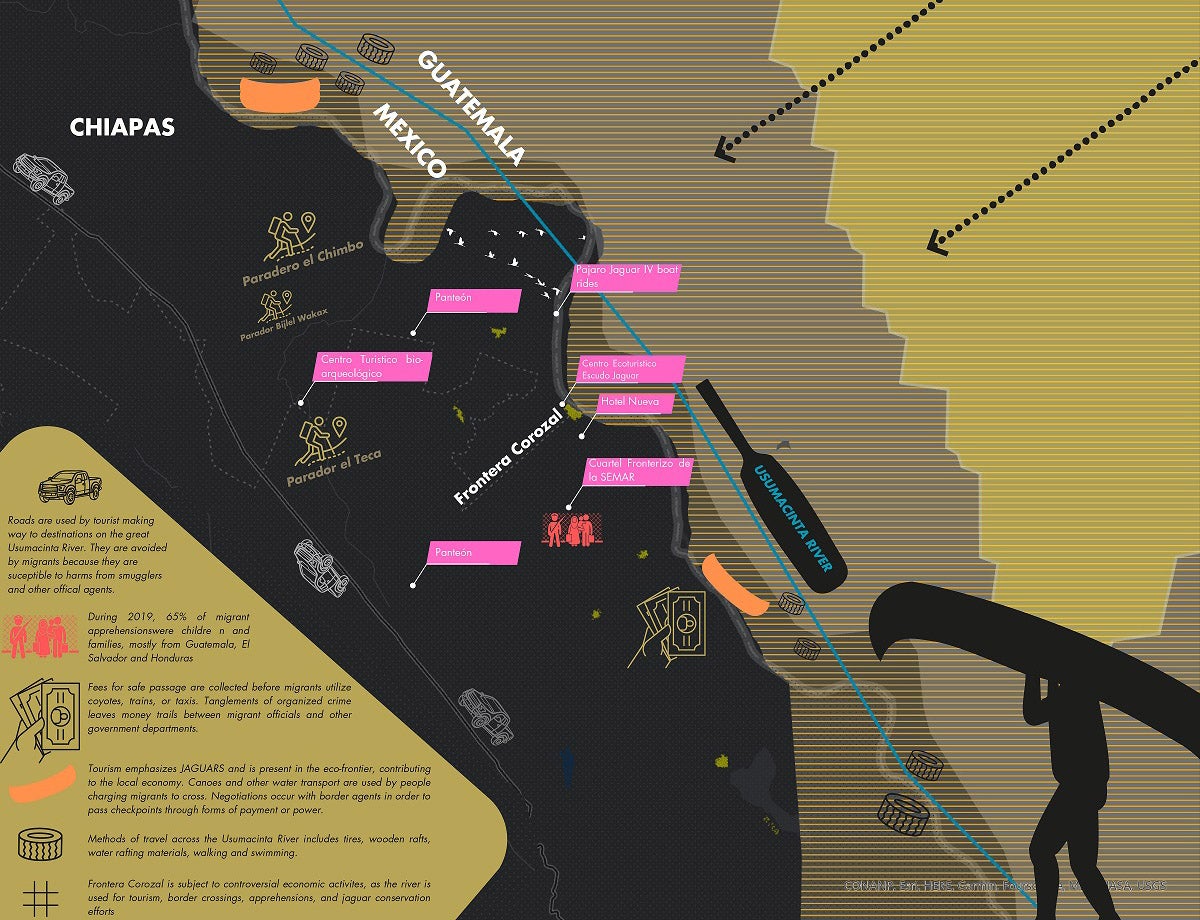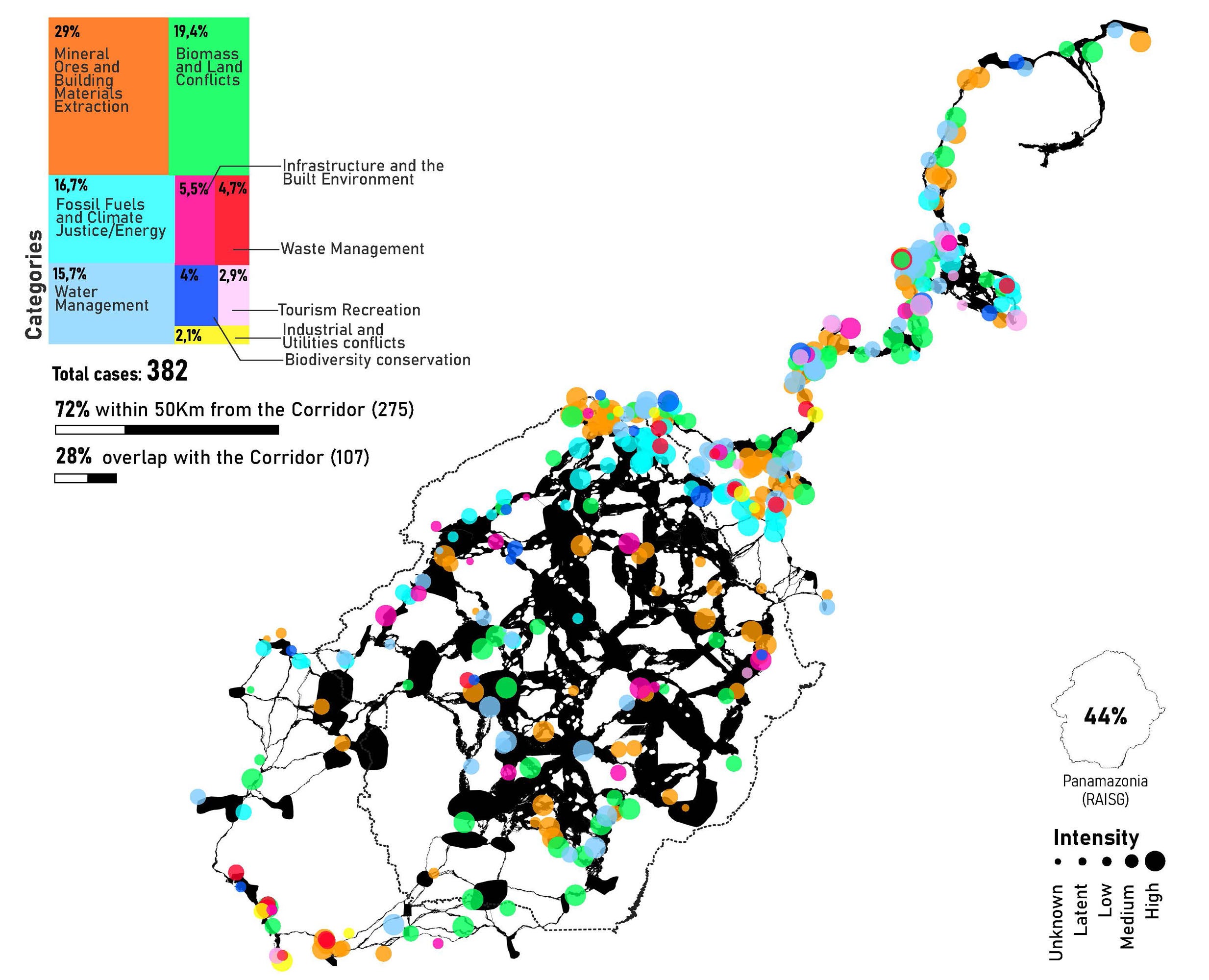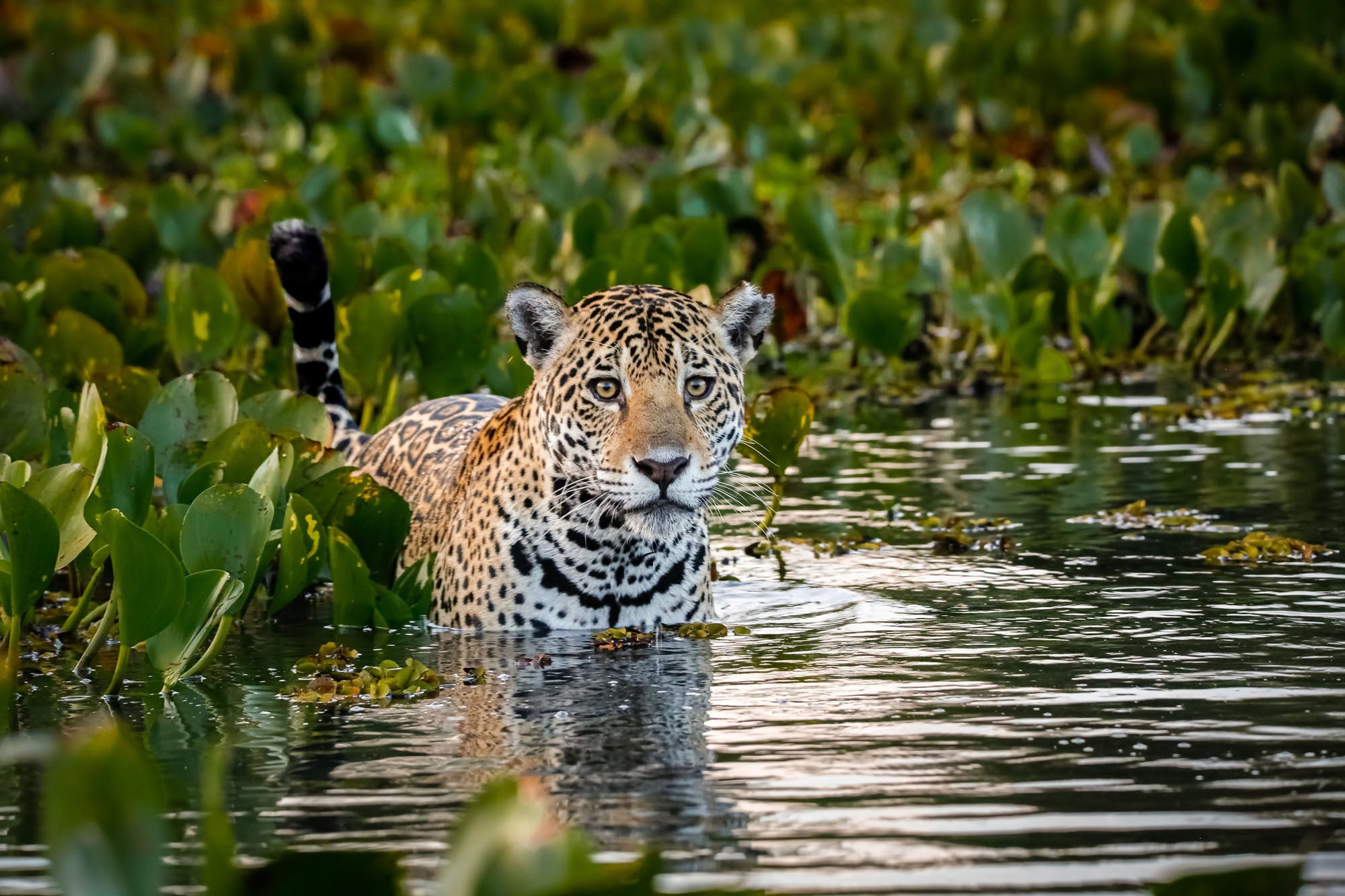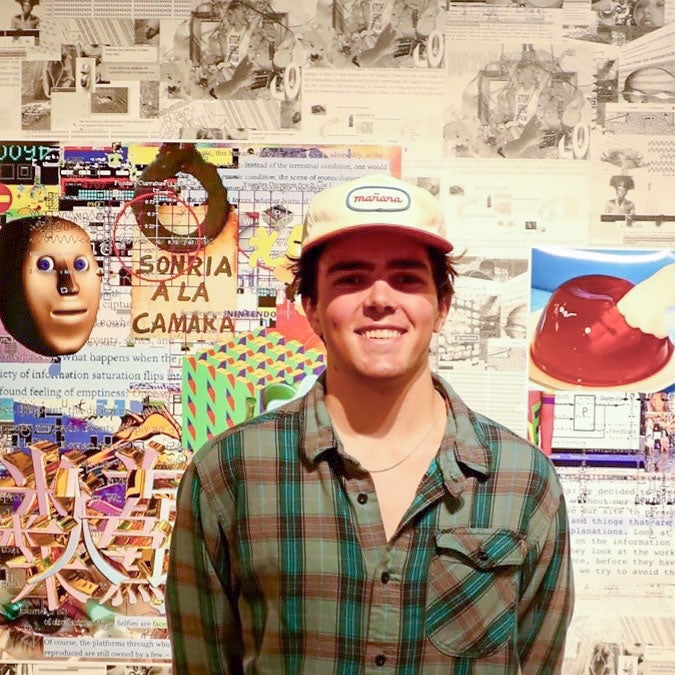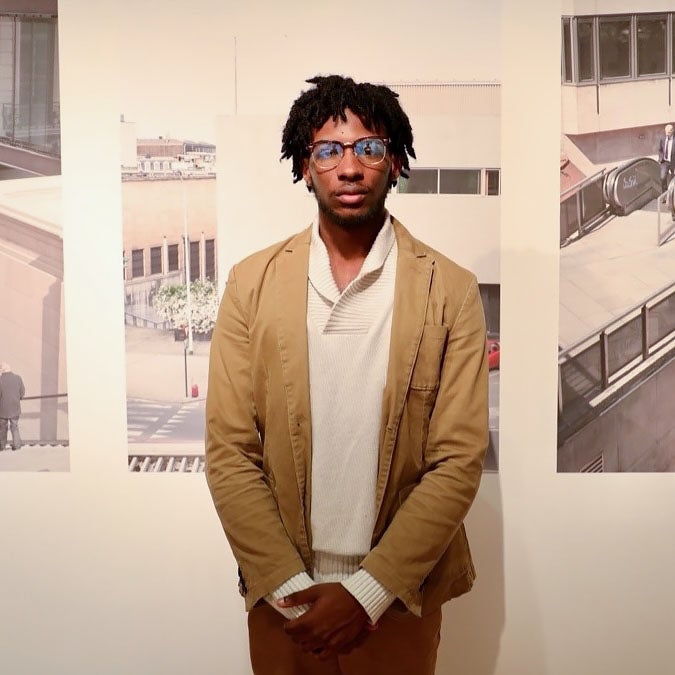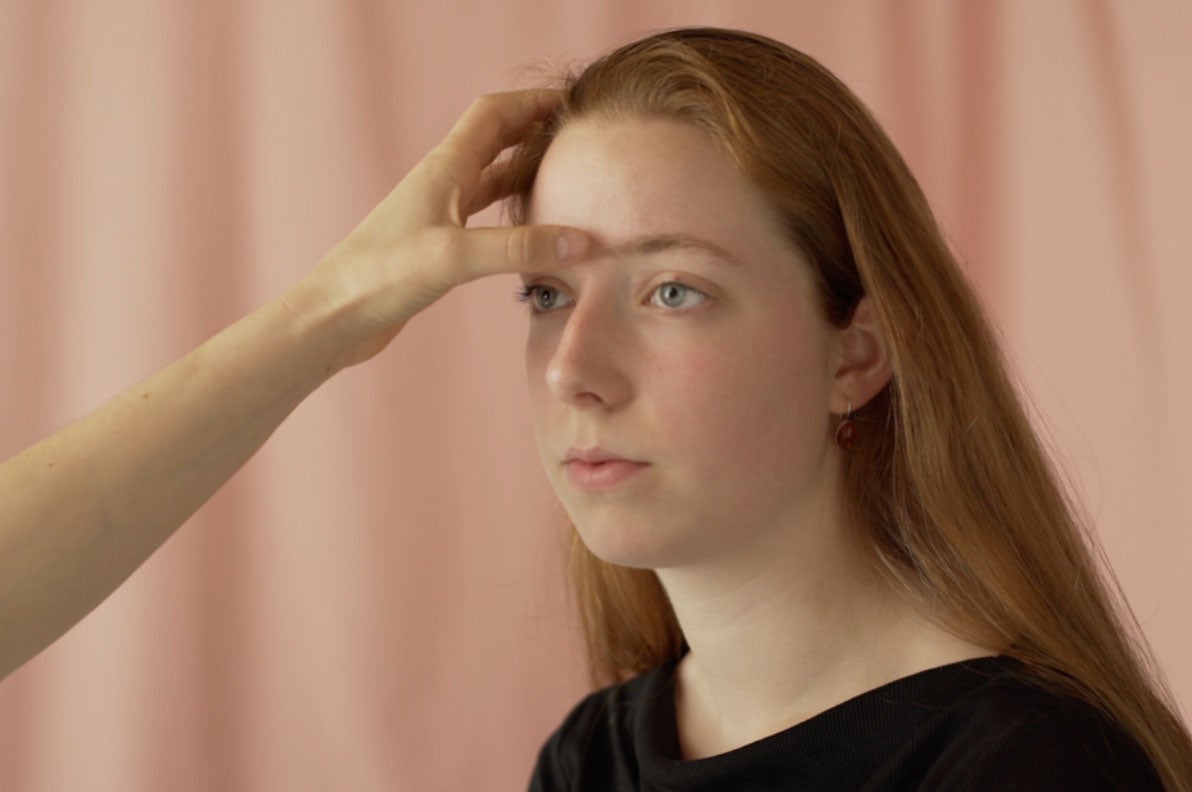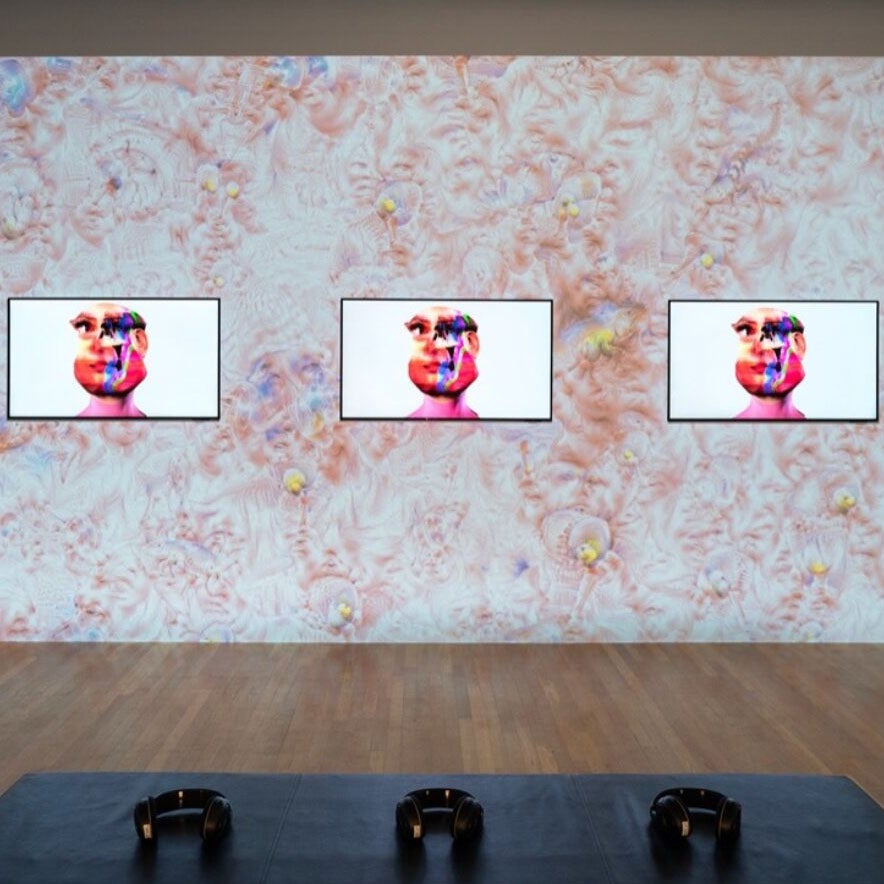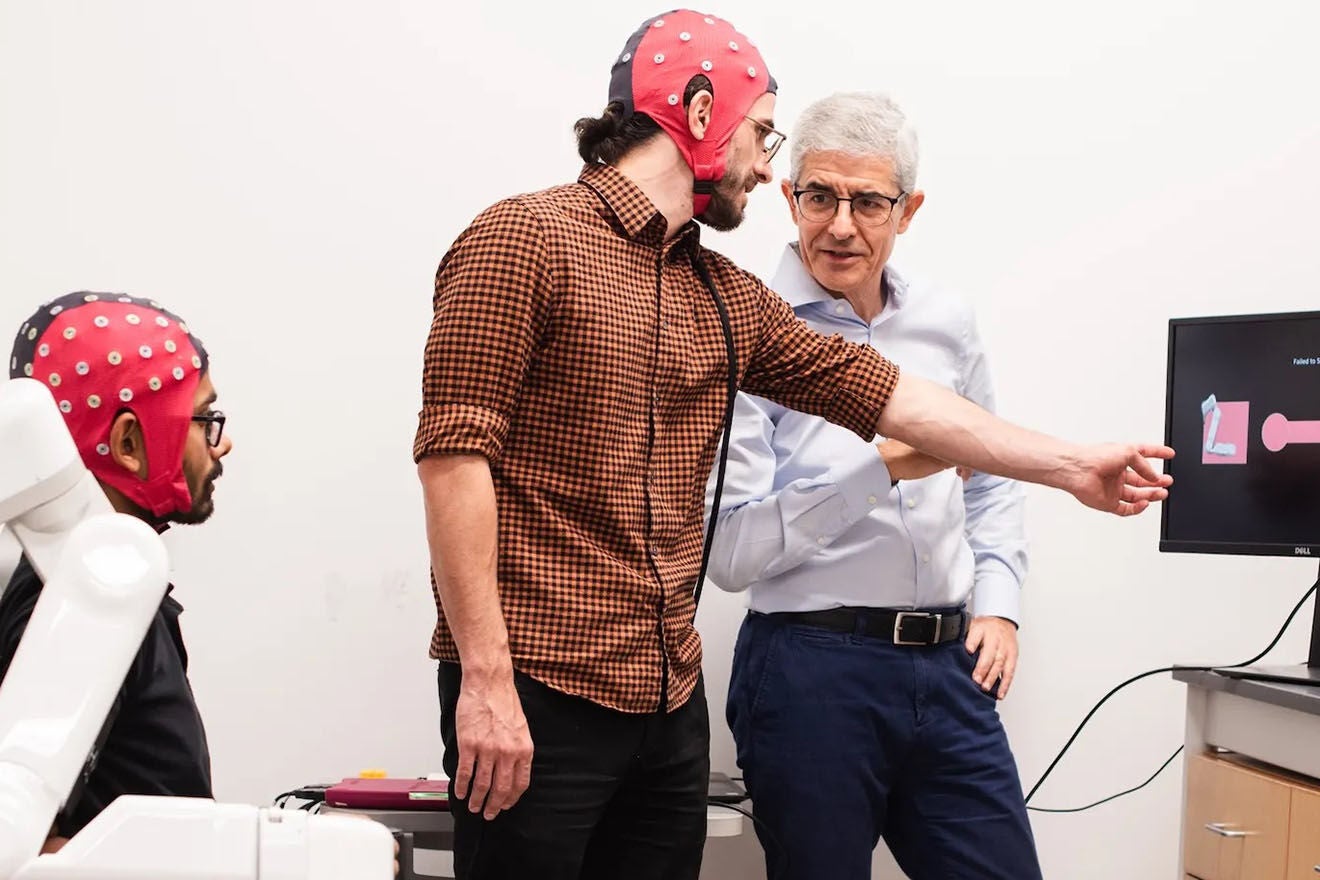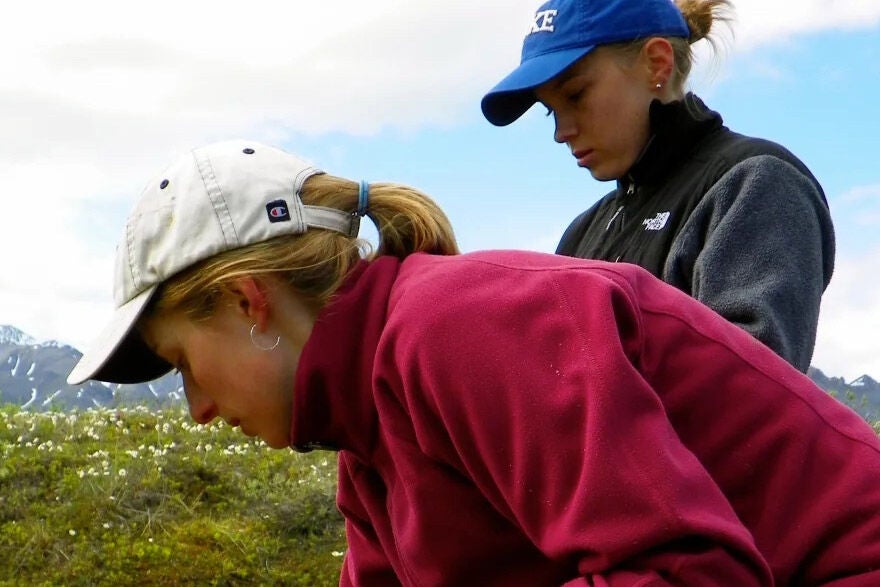Cockrell School of Engineering
Graduate School
College of Natural Sciences
Texas Advanced Computer Center
Year of AI Unveils Unprecedented Commitment to Tech Future
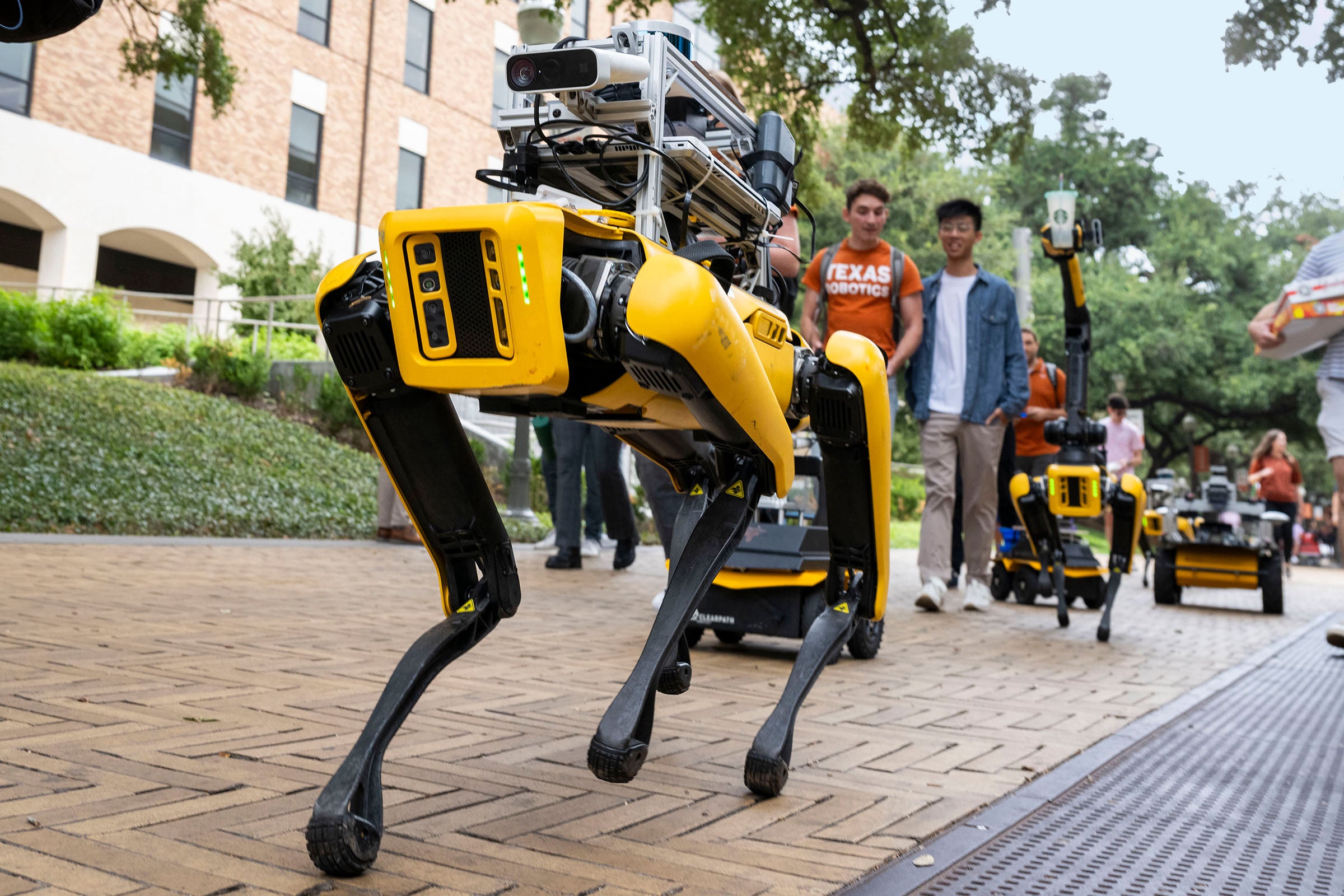
UT designated 2024 as the “Year of AI” in response to the University’s mission of propelling the leading edge of technological research across the world. The University directed intense strategic focus and investment toward a commitment that began more than 50 years ago: responsibly leading artificial intelligence research, developing innovations, and educating future leaders to navigate the ever-evolving digital landscape.
Placing itself at the forefront of emerging AI technologies, the University recruited new faculty, launched innovative partnerships, and sought congressional support for public artificial intelligence research and workforce initiatives throughout the year.
“Artificial intelligence is fundamentally changing our world, and this investment comes at the right time to help UT shape the future through our teaching and research,” said then-UT Austin President Jay Hartzell. “World-class computing power combined with our breadth of AI research expertise will uniquely position UT to speed advances in health care, drug development, materials, and other industries that could have a profound impact on people and society.”
The prioritization of AI research and education presented UT the opportunity to place its collective leadership and expertise on full display throughout 2024 with additional initiatives such as the Artificial Intelligence Lab, Machine Learning Laboratory, Machine Learning Research Group, and panel discussions and conferences.
“We are in the midst of an incredible time in artificial intelligence, and the wide-ranging applications are encouraging us to expand our notions of how we can change the world. At UT, we are exploring the boundaries in every realm of AI.”
— Dan Jaffe, Vice President for Research, Scholarship, and Creative Endeavors
The University introduced an inventive online master’s program in AI — carrying with it the potential to bring thousands of new students into the field — which arrived just as artificial intelligence and machine learning became the skill sets in highest demand across the global workforce. UT also launched the Center for Generative AI, powered by a new graphics processing unit computing cluster that is among the largest in academia.
By creating one of the most powerful AI hubs in the academic world, UT has showcased its groundbreaking research capabilities and interdisciplinary approach to education while creating world-class AI infrastructure with a range of global partners. Using the impetus of this year’s advancements, the University will continue making technological strides, pursuing bold and creative solutions to address our world’s most pressing needs. Read More
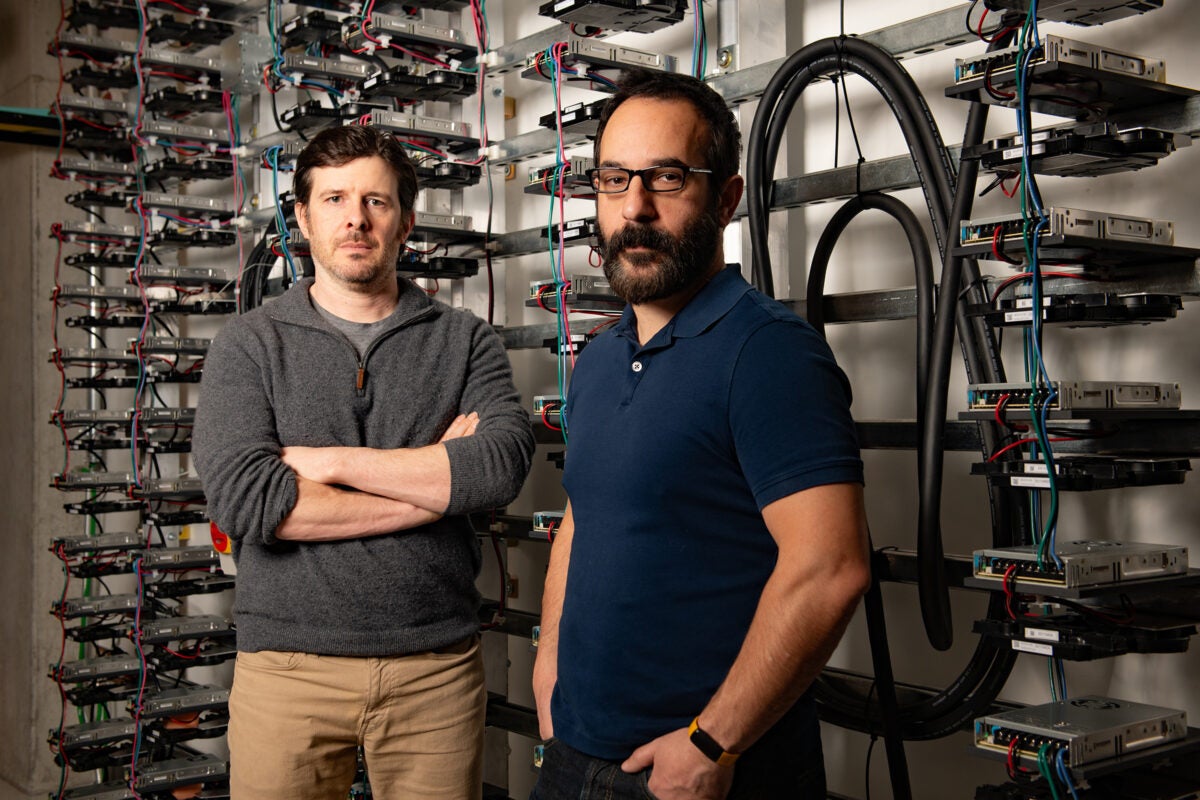
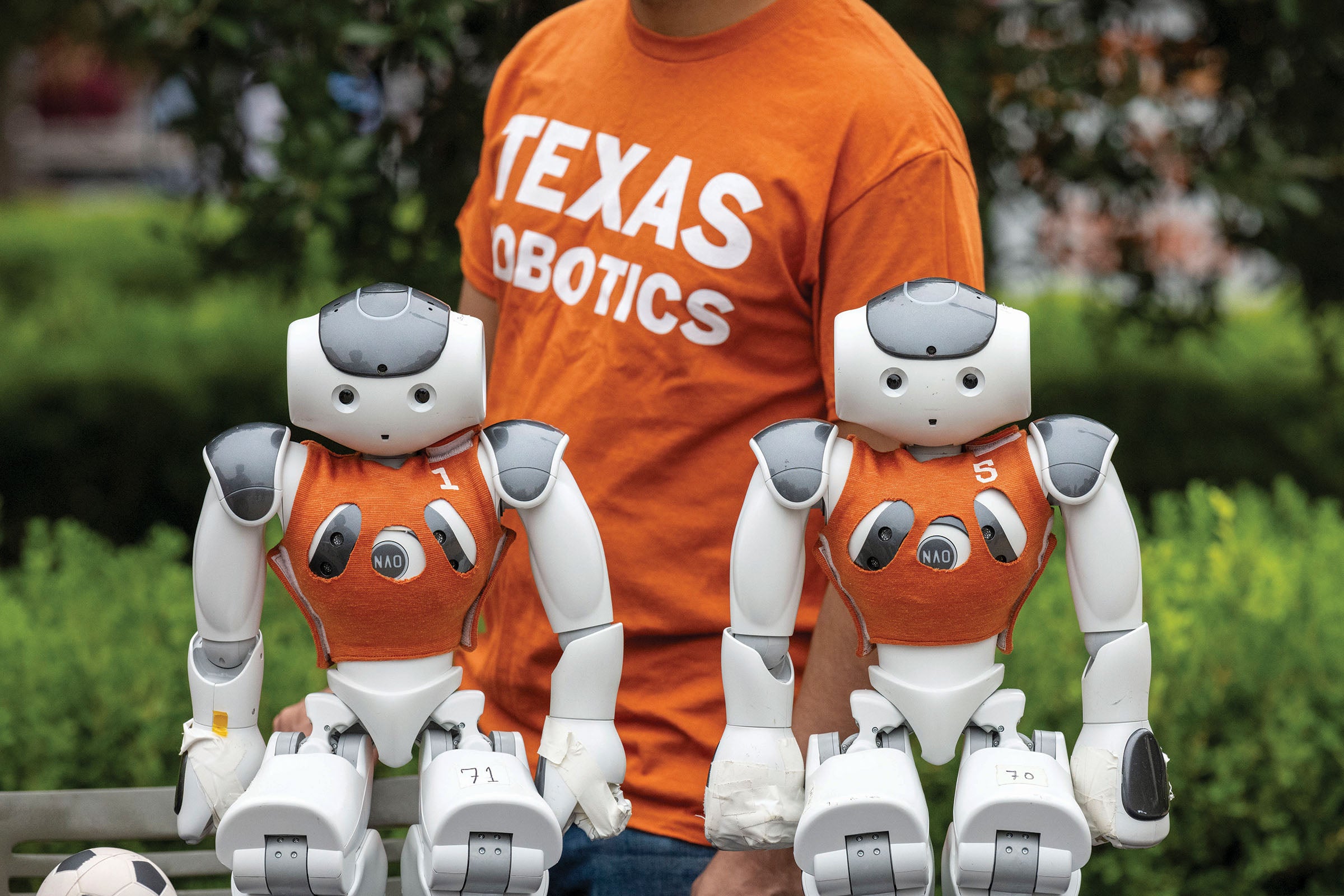
School of Architecture
Architecture Scholar Collaborates to Build Safe Passage for Jaguars
Assistant Professor of Practice Juana Salcedo pays close attention to how urban life affects humans and other living beings.
Working at the intersection of architecture and urbanism, Salcedo joined UT’s School of Architecture in 2022, leading explorations into urbanization and the socioenvironmental struggles facing conservation efforts for the jaguar, the largest feline in the Americas.
Researchers regard the jaguar as an “umbrella species,” using its presence as a marker for ecosystem health. This is why the conservation organization Panthera designed the Jaguar Corridor Initiative, envisioning a continuous habitat covering 4.5 million square kilometers from northern Argentina to the southern United States.
Salcedo had secured support in 2020 from the Graham Foundation to map the Jaguar Corridor, informing a subsequent seminar taught at UT Austin and la Universidad de Los Andes in Bogota, Colombia. In 2024, the same foundation funded Salcedo’s exhibition, “Jaguar Lens,” considering urban-driven biodiversity loss and humans’ inability to cohabitate with other species.
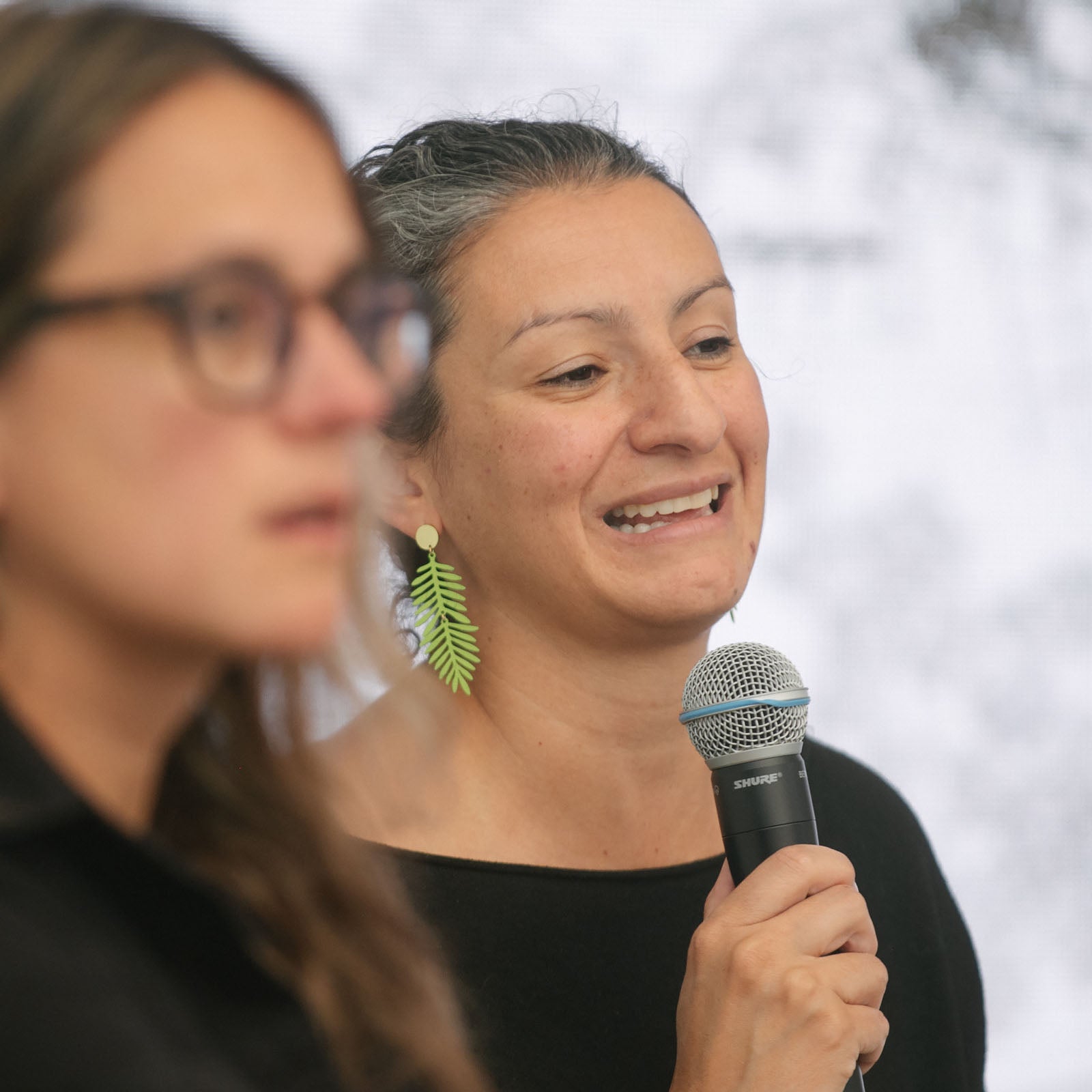
“The premise of this exercise, and of this research at large, is that the Jaguar Corridor might offer us ... a rich framework through which to consider urbanization processes and their connection with environmental breakdown and biodiversity loss in a time of deep ecological change.”
— Juana Salcedo, Assistant Professor of Practice, School of Architecture
“I have developed a cartography of interconnection that makes visible the entanglements and frictions between the processes of urbanization and the Jaguar Corridor,” Salcedo wrote. “This has involved correlating the corridor with public data about the transformations and socioenvironmental struggles symptomatic of urbanization processes.”
She also acknowledged the corridor’s interactions with human life, noting that many towns and cities overlapping with the corridor have yet to acknowledge its needs in public policy, despite roughly 87 million people living within 60 kilometers of the designated area.
“The corridor is both a stronghold against urbanization and a deeply contested territory where Indigenous communities and other marginalized populations have struggled for environmental justice and their right to live in these territories,” Salcedo wrote. “These areas of friction can also be potential opportunities to reformulate the terms of cohabitation and to cultivate landscapes for the sustenance of human and non-human lives.” Read More
Macarena Ruiz–Tagle, ‘Cyanometer Postcard.’ Photo by Franziska Strauss
College of Fine Arts
International Artworks Address Relationships with AI
In the exhibition “A Well-trained Eye” at UT Austin’s Visual Arts Center, the diverse range of artworks — spanning photography, drawing, video, and installation — shared one aspect in common: Each examined how technical systems mediate our relationship with ourselves, the environment, and one another, fundamentally shaping the way we see.
The bold artworks also conversely explored how the human urge to categorize informs the development of AI technologies, teaching machines how to see the world.
“We have a tendency to organize and compartmentalize so much of our experiences as a means of tricking ourselves into believing we understand — and in turn, control — the world around us,” said curator María Emilia Fernández.
The exhibition, which coincided with UT’s Year of AI, featured contemporary works by 13 artists from the Americas and Europe. Read More
Moody College of Communication
Assistant Professor Appointed to International AI Panel
Communication Studies Assistant Professor Samatha Shorey won an essay competition in 2023 that landed her a seat on the AI100 study panel, an international roster of AI researchers with expertise in computer science, sociology, ethics, and economics.
Besting more than 50 applicants from 18 countries, Shorey’s essay addressed the complexity of integrating AI into the workplace.
“This is an incredible honor, to be working alongside so many scholars whom I have read and looked to their research for so long,” Shorey said. “The folks on the committee are people I would be honored to be on a call with for 10 minutes, and now I get to work alongside them. They are titans in their field.”
Administered by the Stanford Institute for Human-Centered Artificial Intelligence, the panel is charged with writing a report every five years that explores the state and future of artificial intelligence and its influences on society. Read More
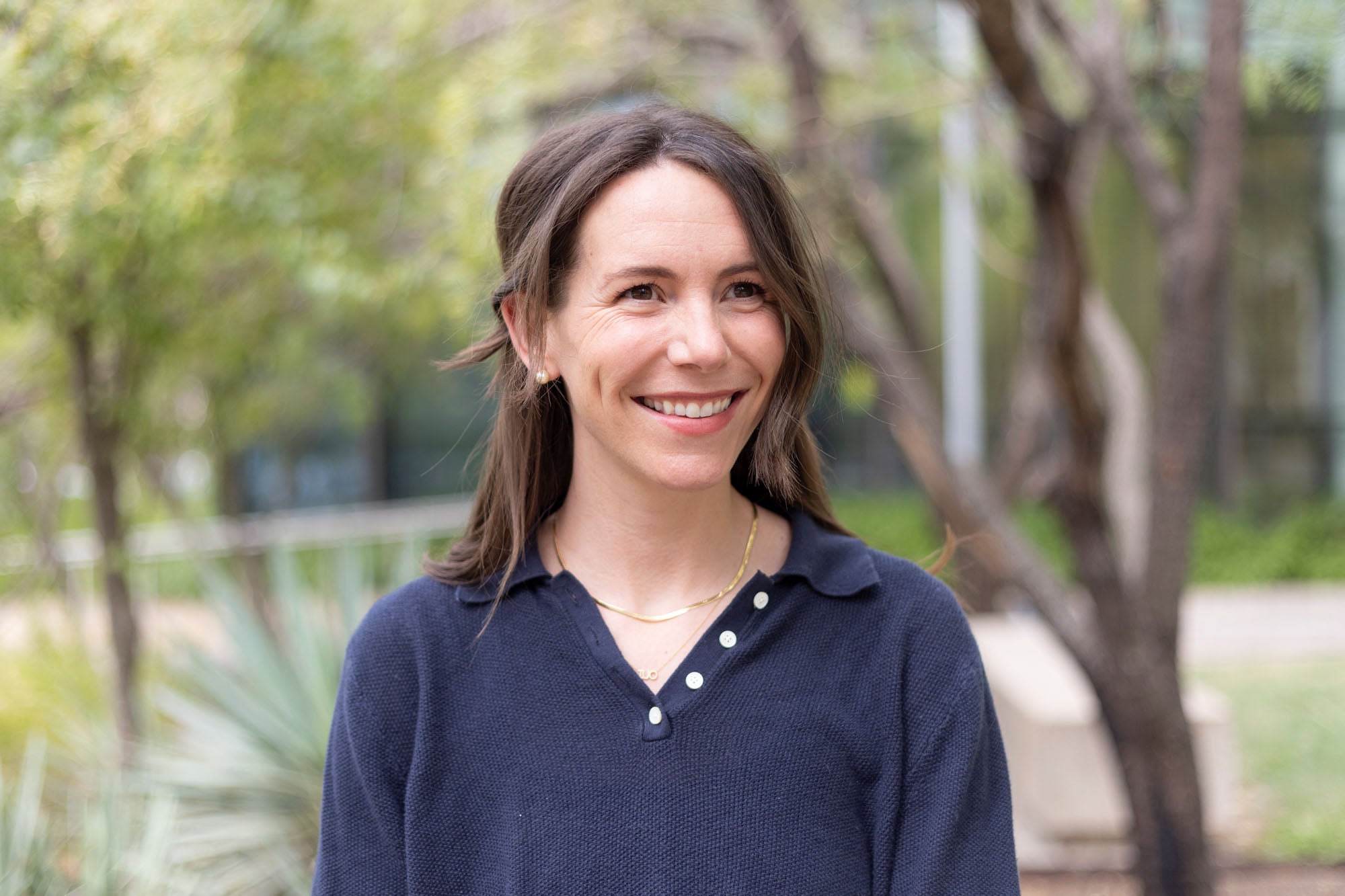
“Essential workers are dually impacted by AI. They are the people most likely to be tasked with managing AI’s initial inadequacies and most likely to be displaced when AI’s capabilities are fully realized.”
— Samatha Shorey, Assistant Professor, Moody College of Communication
